When you’re in a survival situation, food becomes one of the biggest challenges. While we can go several days without eating, energy levels and decision-making can quickly deteriorate without fuel. Knowing which wild plants are safe to eat can turn a dire situation into a manageable one. Some plants are packed with nutrients and calories, while others offer essential vitamins and minerals. With a little knowledge, the landscape around you can transform into a valuable pantry of survival food. Here are 15 wild edibles that can help sustain you in the wild.
1. Dandelions
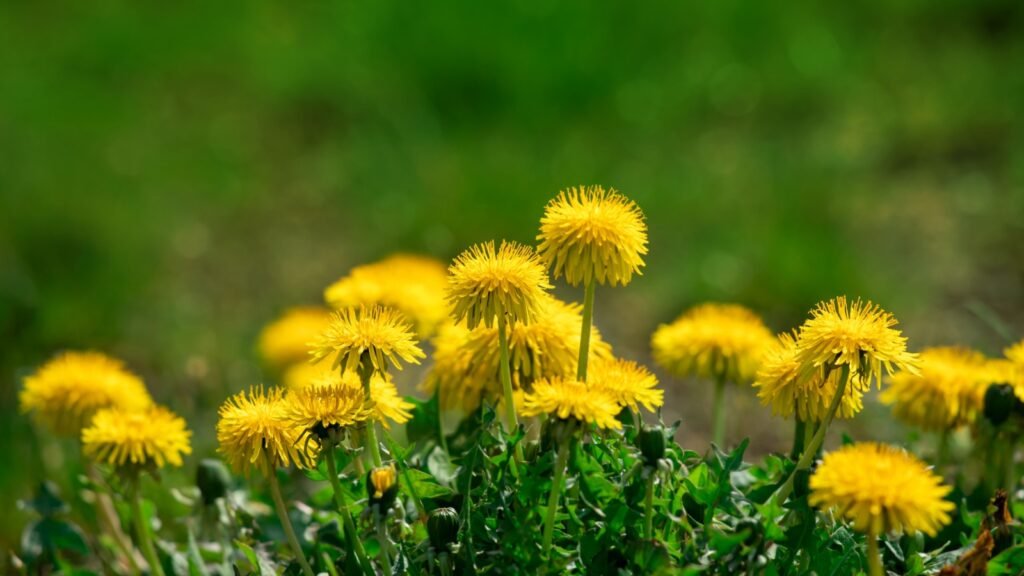
Dandelions might be the most recognizable wild edible. Every part of this plant is usable. The leaves are packed with vitamins A, C, and K, and you can eat them raw or cooked. The flowers can be eaten fresh, added to salads, or even turned into tea. The roots are edible too—when roasted, they can be brewed into a coffee substitute.
2. Cattails
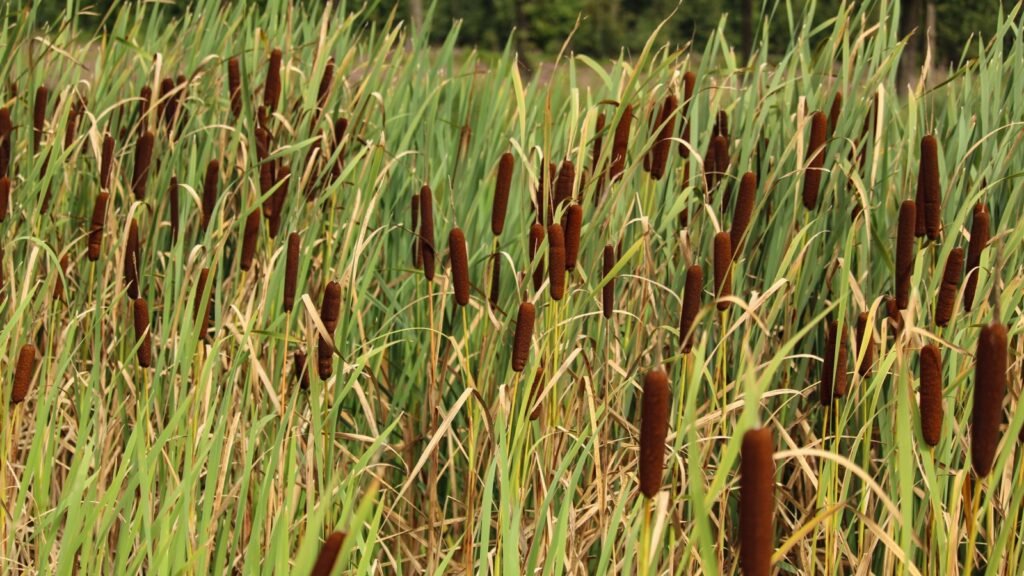
Cattails are easy to spot in marshy or wet areas. The young shoots and inner stalks are tender and can be eaten raw or cooked. Cattail roots are starchy and can be ground into flour or boiled like potatoes. In early summer, the flower spikes are also edible and taste similar to corn.
3. Clover
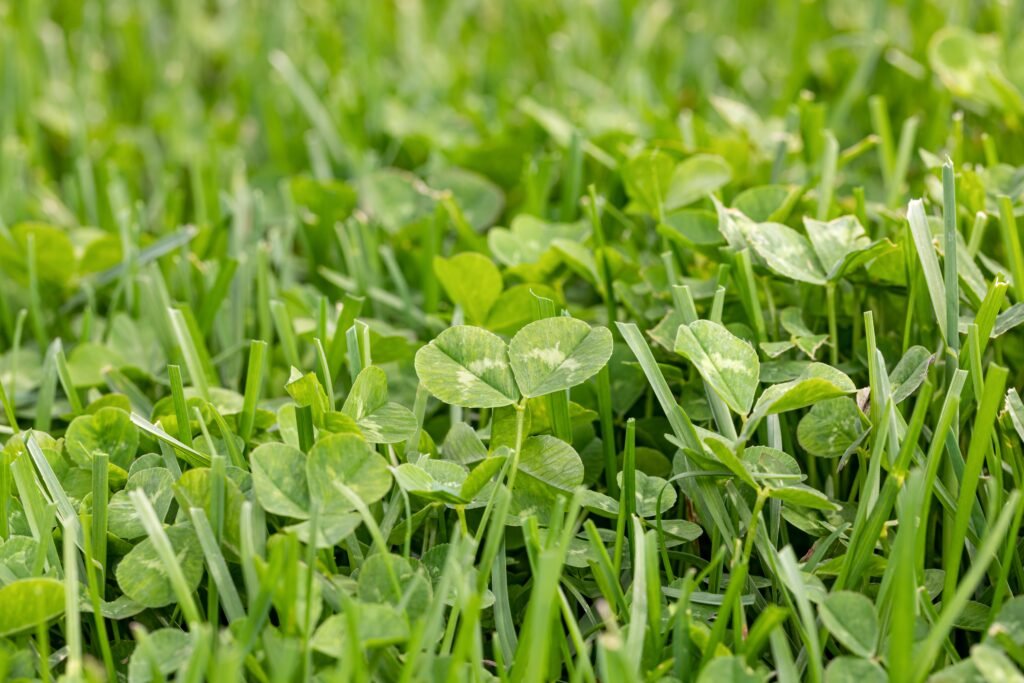
Both red and white clover are edible and easy to find in grassy areas. The leaves, flowers, and seed pods are all edible. You can eat the flowers raw or steep them in tea. The leaves are slightly bitter but can be cooked in soups or eaten in salads.
4. Acorns
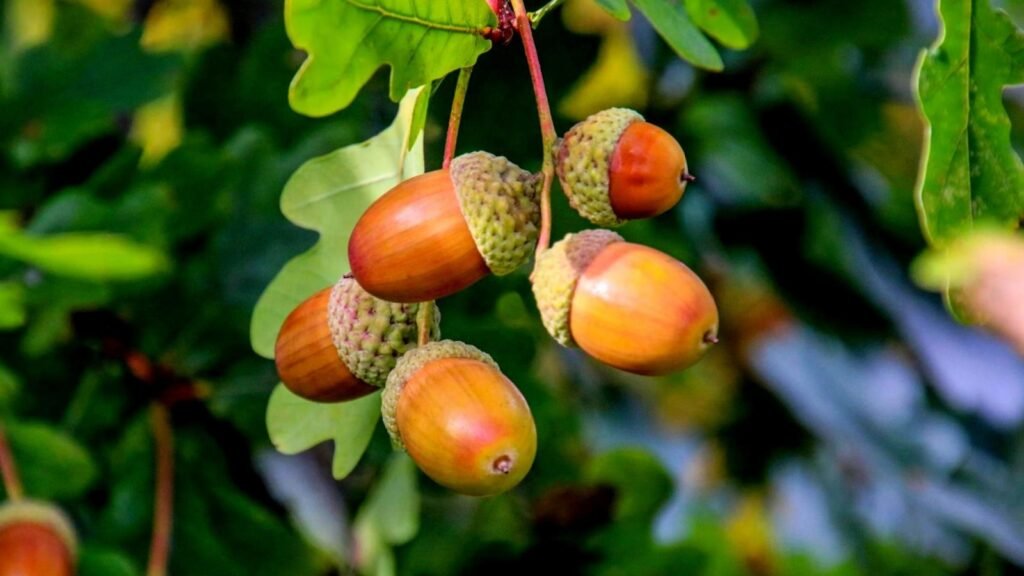
Acorns are abundant, especially in oak forests, and they provide a high-calorie food source. However, they contain tannins that make them bitter and inedible when raw. To prepare acorns, you’ll need to boil them several times to remove the tannins. Once leached, acorns can be ground into flour or roasted for a hearty snack.
5. Plantain
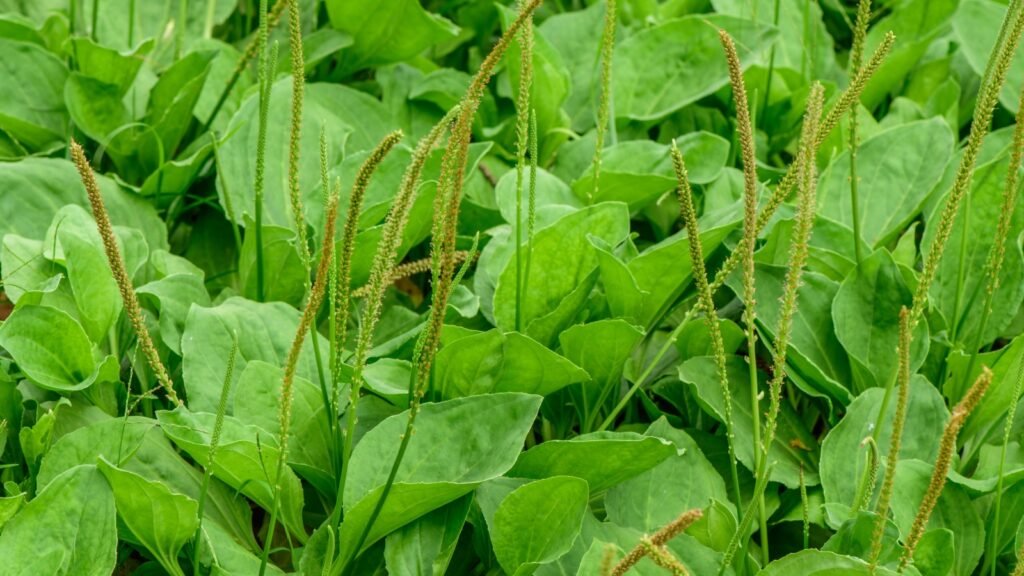
Plantain grows in disturbed soil and lawns, and it’s a versatile wild edible. Its broad leaves can be eaten raw when young or cooked when mature. The seeds of the plant can be harvested and eaten like grains. Plantain also has medicinal properties, making it useful for treating wounds.
6. Pine Nuts
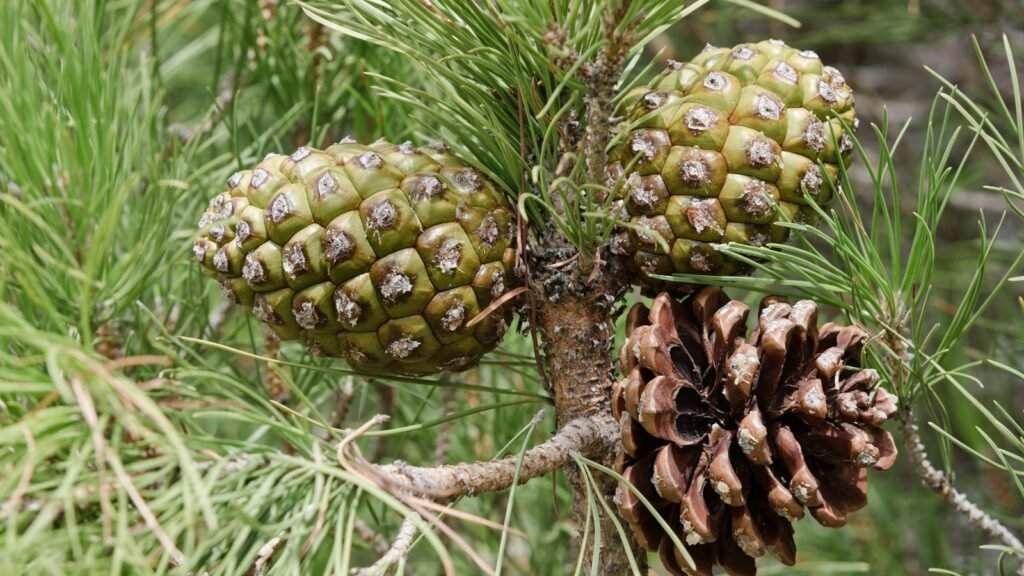
Pine nuts come from certain species of pine trees and are rich in fat and protein. You can find these valuable nuts inside pine cones. Harvesting them requires some patience, as you’ll need to extract the seeds from the tough cones, but they’re an excellent source of calories.
7. Wild Onions and Garlic
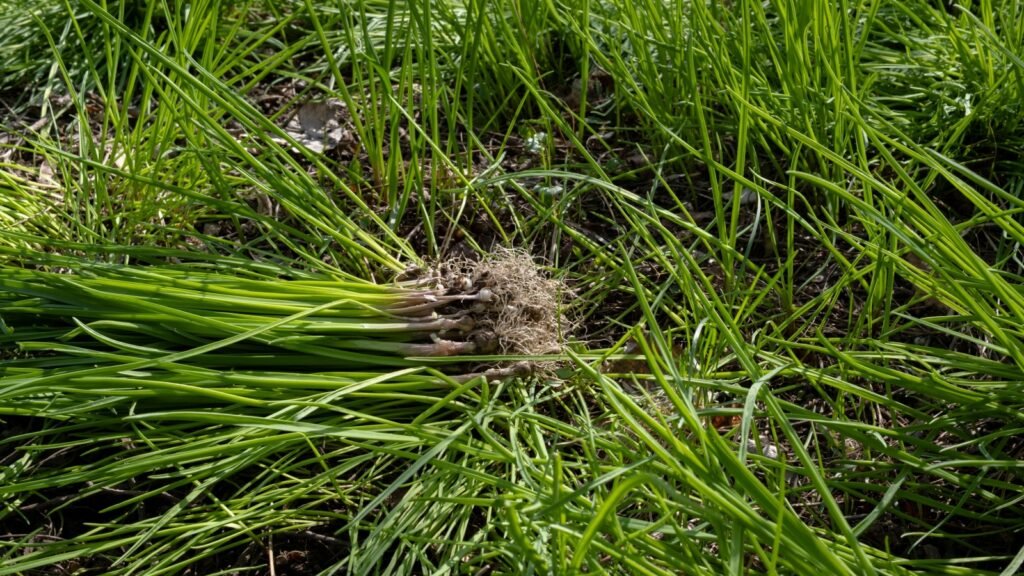
Wild onions and garlic are easy to identify by their strong scent. You can find them growing in fields or forest edges. Both the bulbs and the green tops are edible and can be used to flavor dishes or eaten raw. Just be careful to positively identify them, as some poisonous look-alikes exist.
8. Chickweed
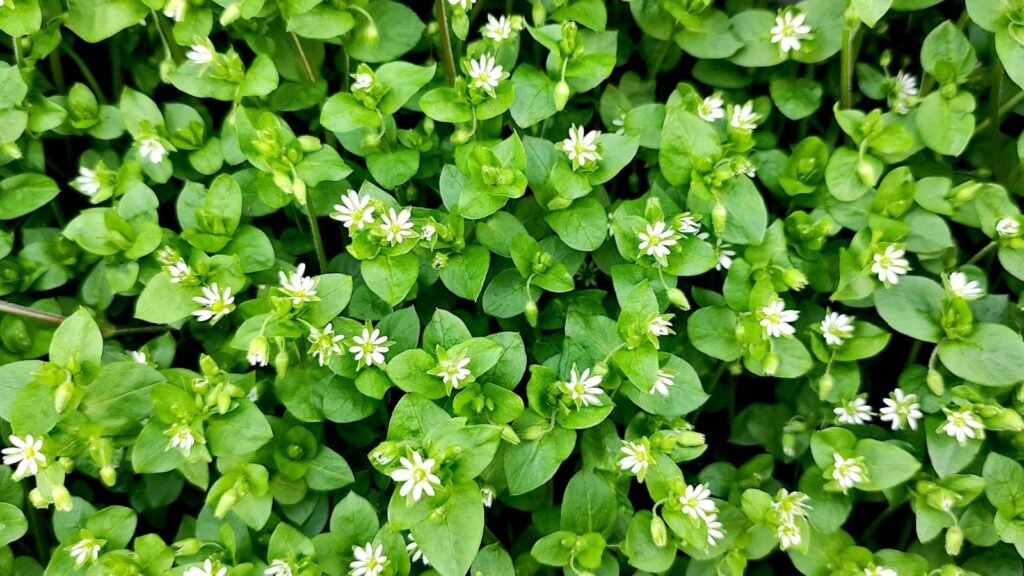
Chickweed grows abundantly in cool, moist places and has small white flowers. The leaves and stems are edible and can be eaten raw in salads or cooked in soups. Chickweed is also high in vitamins A and C, making it a nutritious addition to your wild food supply.
9. Burdock Root
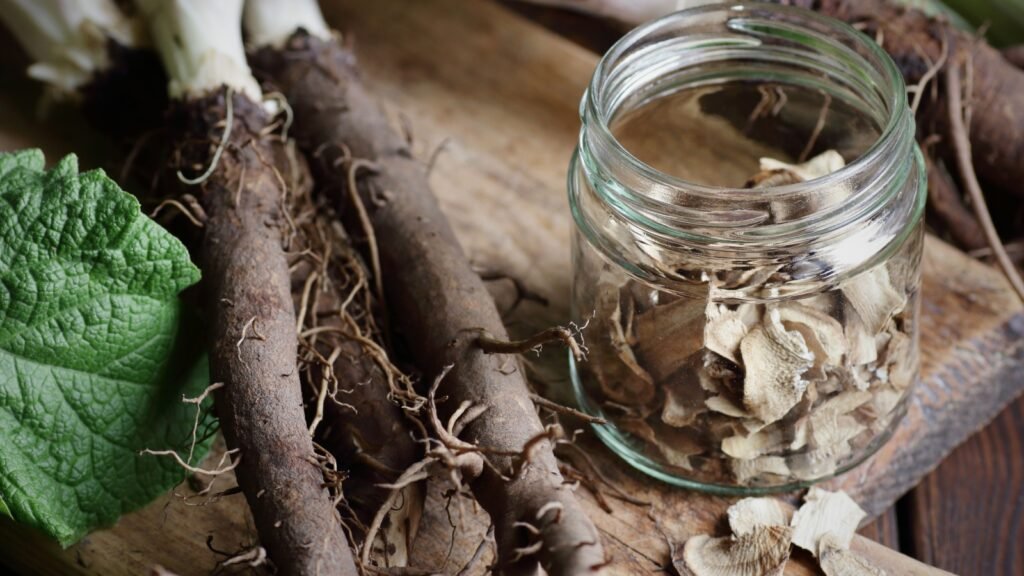
Burdock root is commonly found in fields and along roadsides. The plant’s large leaves and bur-like seed heads are easy to spot. While the leaves aren’t typically eaten, the long taproot is edible and nutritious. Dig up the root, peel it, and cook it like a potato.
10. Amaranth
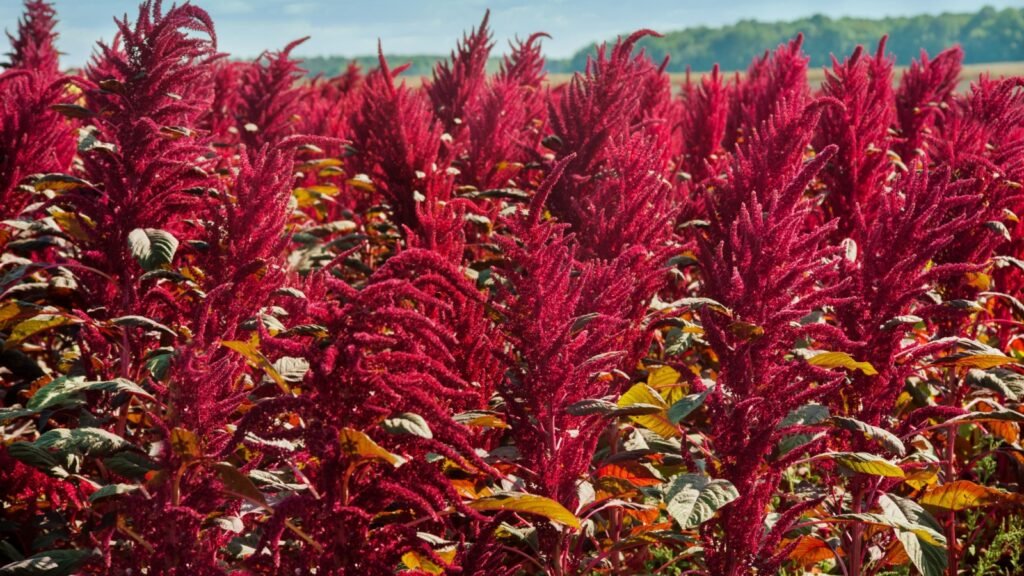
Amaranth is a wild grain that grows in fields and open areas. Its seeds are tiny but highly nutritious, packed with protein and fiber. You can harvest the seeds and boil them like quinoa, or you can eat the leaves, which are tender and edible when cooked.
11. Lamb’s Quarters
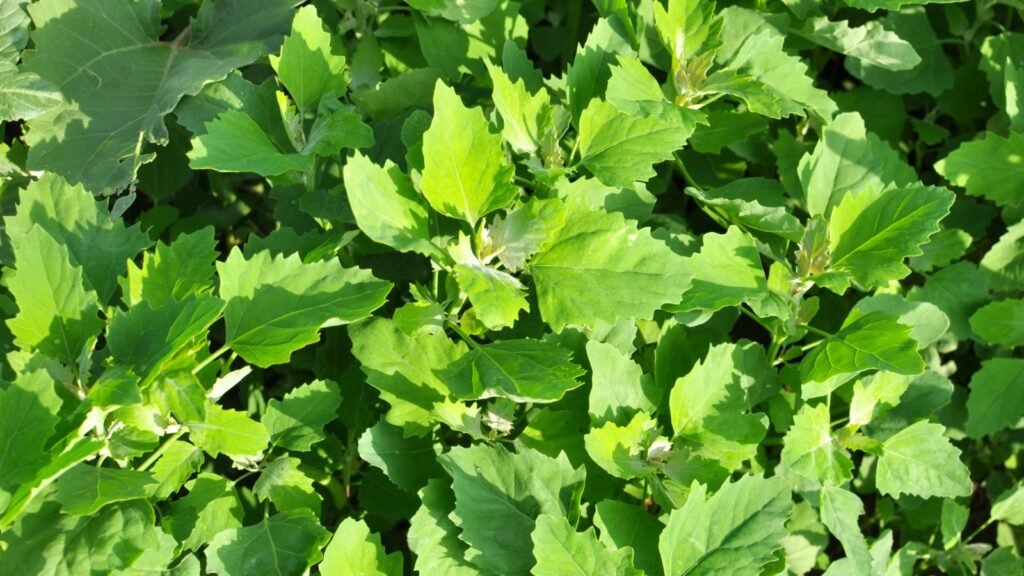
Also known as wild spinach, lamb’s quarters grow in disturbed areas like gardens and fields. The leaves are edible and rich in vitamins A and C. You can eat them raw or cook them like spinach. The seeds are also edible and can be ground into flour.
12. Purslane
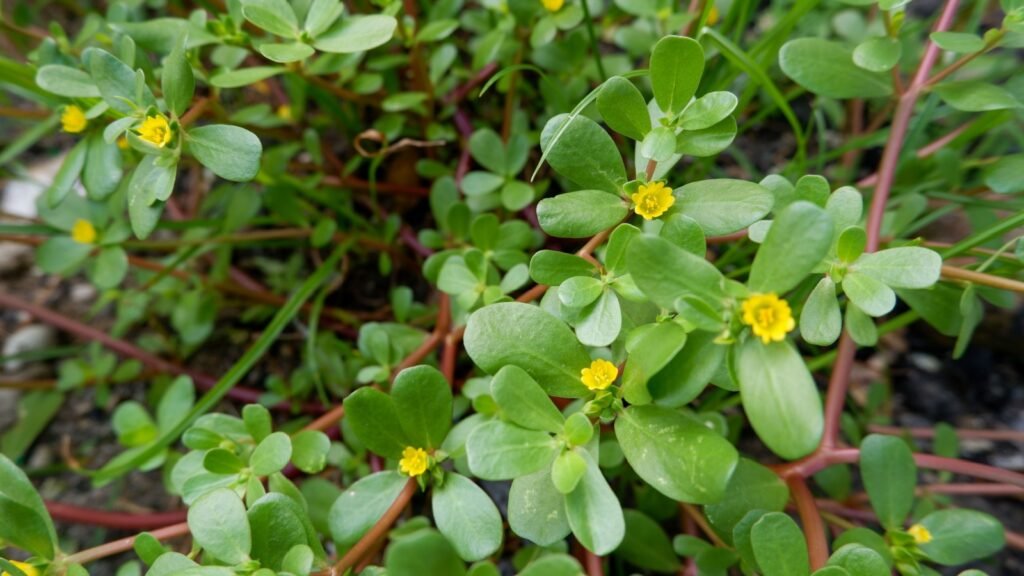
Purslane is a succulent plant that grows in gardens, cracks in sidewalks, and other disturbed soils. It’s loaded with omega-3 fatty acids, which are rare in plant foods. You can eat the leaves and stems raw in salads or cook them for a tart flavor.
13. Wild Berries

Many wild berries, such as blackberries, raspberries, and blueberries, grow in forests and fields. Berries are a great source of vitamins and energy. Just be sure to positively identify them, as some berries are toxic. Stick to well-known varieties to stay safe.
14. Stinging Nettle
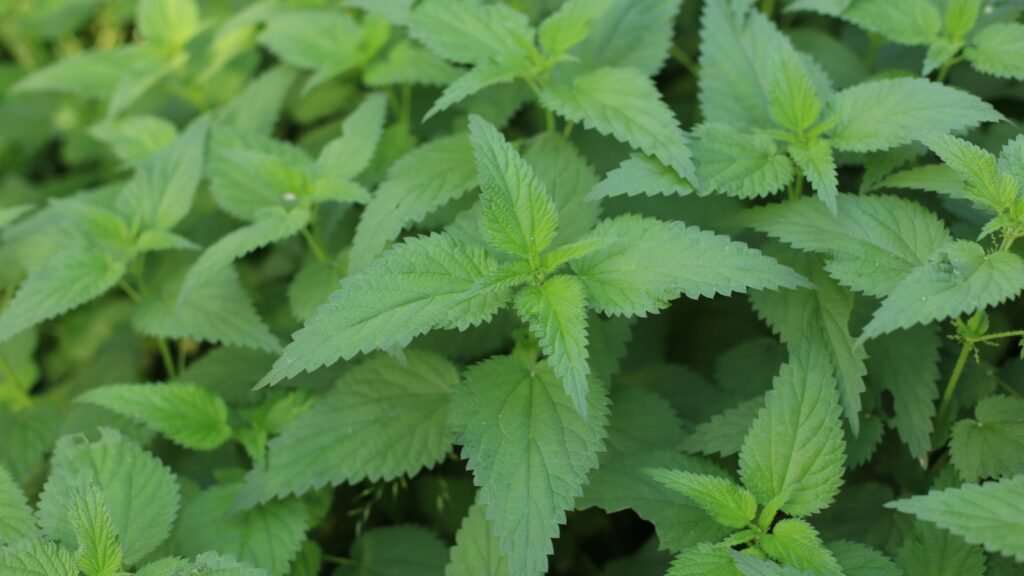
Stinging nettle grows in shady areas and near water sources. While it can sting if handled improperly, boiling or steaming the leaves neutralizes the sting. Once cooked, nettle is rich in vitamins A, C, and K, and it provides a good source of protein. It’s great in soups or as a cooked green.
15. Wood Sorrel
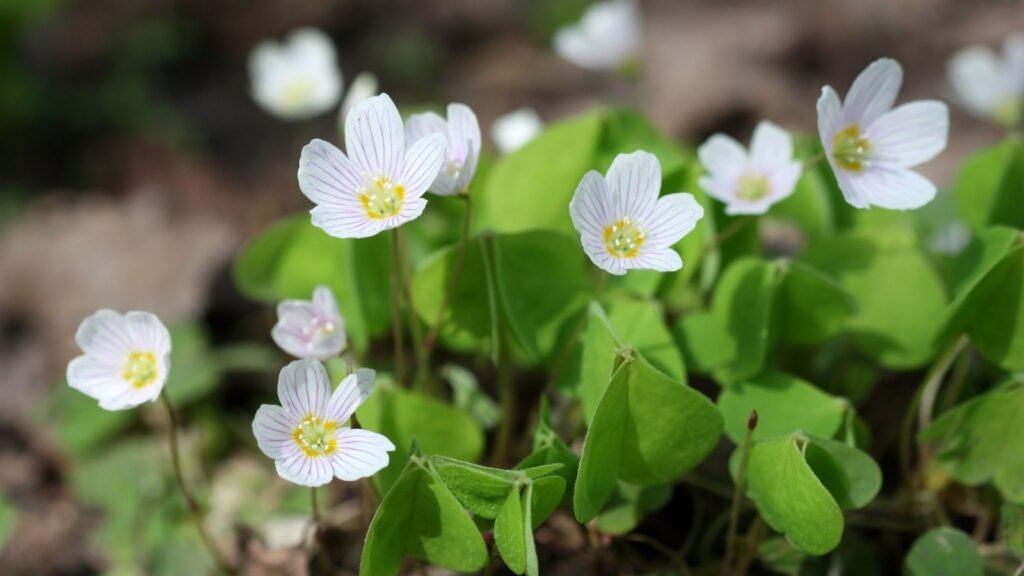
Wood sorrel is often confused with clover but has a distinct sour, lemony flavor. It grows in shady woods and can be recognized by its heart-shaped leaves. You can eat the leaves, flowers, and seed pods raw or cooked, adding a bright flavor to your meals.

